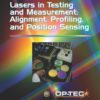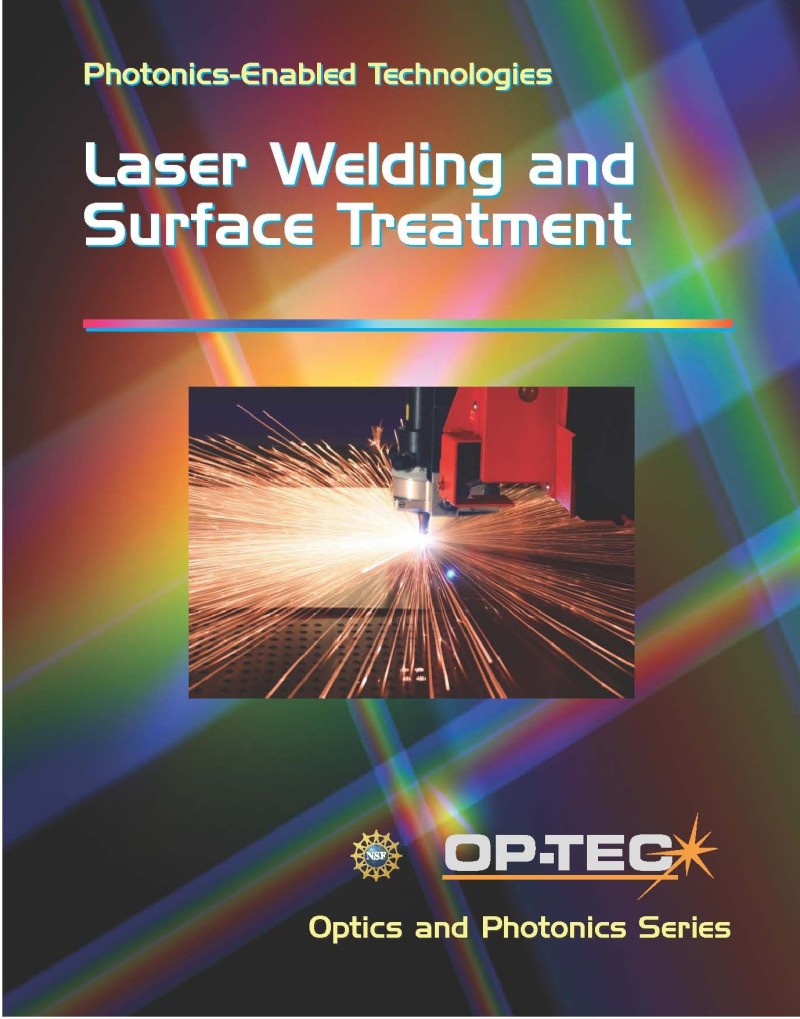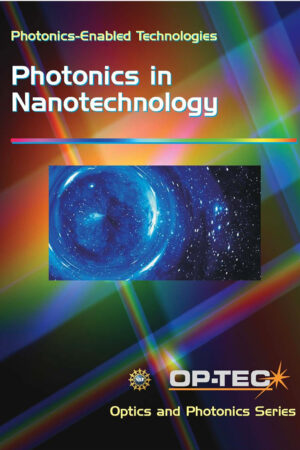Laser Welding and Surface Treatment | Photonics Enabled Technologies Module
$0.00
This module is one of four pertaining to manufacturing as a photonics-enabled technology. The modules pertaining to each technology can be used as a unit or independently, as long as
prerequisites have been met.
Description
This module is one of four pertaining to manufacturing as a photonics-enabled technology. The modules pertaining to each technology can be used as a unit or independently, as long as
prerequisites have been met.
Upon completion of this chapter, you should be able to do the following:
• List the elements of a laser welding system.
• List five advantages and three limitations of laser welding.
• Describe the importance of thermal diffusivity and reflectivity of the workpiece in a
laser welding operation.
• Given two metals, state which is better suited to laser welding and state why.
• Given two laser types and a specific metal, state which laser would be better suited for
welding that metal, and state why.
• Given a laser pulse duration and thermal diffusivity of a metal, calculate the penetration
depth of heat into the metal correctly to two significant figures.
• Given the properties of a laser and the focusing apparatus, calculate the focal diameter
for a welding operation correctly to two significant figures.
• In terms similar to those used in the text, describe the difference between conduction
welding and deep penetration welding.
• In terms similar to those used in the text, describe the process of laser hardening of
carbon steel.
• In terms similar to those used in the text, describe the processes of laser alloying and
laser cladding.
• Given a pulsed laser and the necessary associated equipment, set up the equipment
properly for a spot welding operation.
• Use the equipment in the previous objective to weld wires together. After the wires have
been bonded, show that vaporization occurs at sufficiently high output from the laser.
• List the main benefits of using lasers to weld plastics.
• Identify the lasers used to weld plastics and provide their wavelength, maximum power,
wall plug efficiency, minimum spot size on target, and typical interaction with plastics.
• Weld plastic sheets with a CO2 laser.
• Plot penetration depth in the plastic as a function of increasing laser power.









